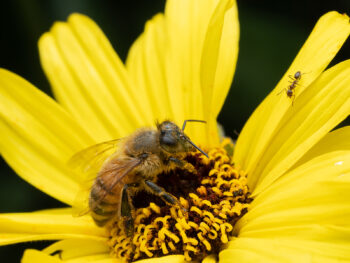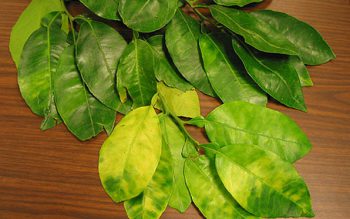It’s Mother’s Day. A time for cards, chocolates, and a vase of flowers. It is the second busiest holiday for the fresh flower trade in the country. Valentine’s Day, naturally, takes the number one spot.
Folklore has various origins for Mother’s Day. Some trace it to 16th century England when workers were given a day off to return to their “mother” church. Yet another legend holds it was when children returned home after being sent away to work (prior to child labor laws) and picked fresh flowers on their way to visit Mom. In 1908, after a memorial for her mother, Anna Jarvis campaigned to have the second Sunday in May proclaimed as an official holiday in recognition of mothers. It became “Mother’s Day” in 1914 when President Woodrow Wilson made it so.
Whatever the origin, it is a holiday celebrated by nations around the world, albeit on different days of the year in a few countries, but just about universally with a gift of flowers.
Mother’s Day in San Diego County is also big business. According to the last official crop report, in 2010, 162 local growers shipped $77 million of cut flowers. The San Diego County Department of Agriculture, Weights and Measures (AWM) helps maintain the viability of the local industry by ensuring any nursery product shipped from here is free of pests and disease. AWM personnel regularly inspect local nurseries, walking some 3,881 acres looking for weeds, insects and diseases that could damage the local crop or the environment, or spread these pests and diseases elsewhere. During the three major “flower holidays” – Valentine’s Day, Easter, and Mother’s Day – inspectors are also at flower ranches on a daily basis to inspect and certify outgoing shipments.
“It’s important we ensure any nursery product leaving or coming into San Diego is free of pests and disease,” said Karen Melvin, deputy agricultural commissioner with AWM. “The movement of nursery stock is the number one way insect pests and diseases are artificially spread. Our inspections and certification process reassure buyers across the country that products from San Diego County are clean.”
Many growers in the County have weekly and sometimes even daily inspections.
“There is a general understanding in the industry that the nurseries need to work with AWM in their efforts to control pests within our region and continue the exclusion of pests from outside this region,” said Darrell Ades, a second-generation grower in San Diego County, and president of the San Diego Flower and Plant Association. “This is vital for the continued safety of the community and the improvement of our industry.”
But AWM inspectors don’t just inspect and certify outgoing flower shipments. During the flower holidays, inspector dogs Drake and Friday, and their handlers Jeremy Partch and Ted Olsen, often check up to 100 boxes per hour of fresh flowers. These two teams are credited with “sniffing out” more than 440 packages coming into the county last year that contained illegal plants or damaging pests that posed a threat to our local industry.
It’s an ongoing process that ramps up to high gear during certain times – especially the 100 days between Valentine’s Day and Mother’s Day. But the efforts of AWM ensure the flowers you send to Mom, or perhaps receive from sons and daughters elsewhere around the country, are safe and pest-free.
Oh, and you still have time to get mom that card, box of chocolate and a bouquet of locally-produced flowers. And Happy Mother’s Day!
Video: See AWM inspector dogs in action:





